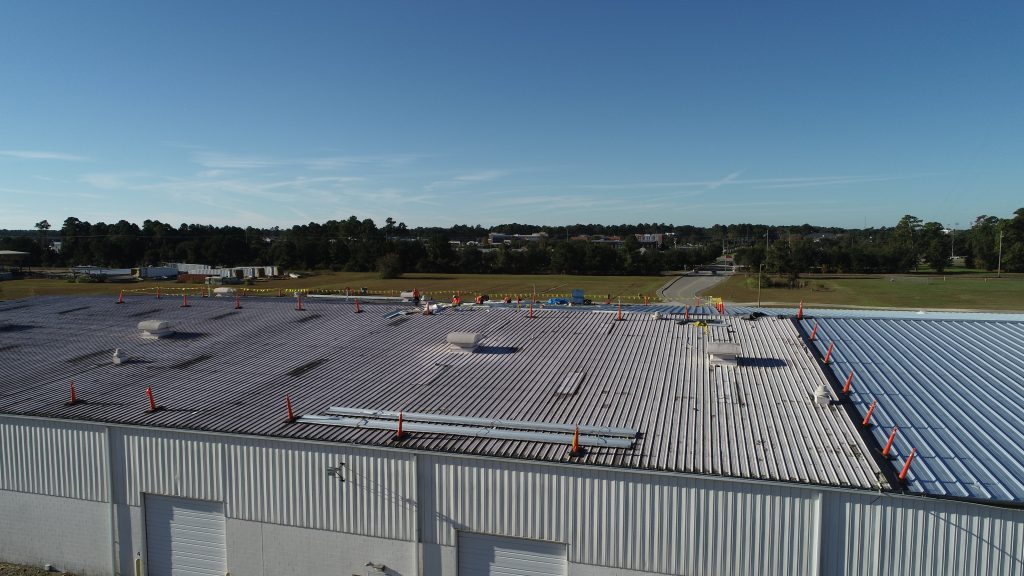How Long Will My Roof Last?
Have you ever asked yourself “how long will my roof last?” Purchasing a roof is an expensive, long-term investment. Once you find a roofing system that works for you, it is important to do regular roof maintenance checks to make sure the roof is functioning properly and to maximize its useful life.
A variety of factors can influence how long a roof performs.

Factors that can cause premature failure roof and end up costing the building owner additional money and a lot of frustration.
- Lack of routine maintenance. Maintenance is the easiest factor to control, yet many building owners and managers neglect to do routine checks. These checks look for debris, third-party damages, aging, drainage issues and other problems that may cause premature failure.
- Finding a reliable roofing contractor to complete maintenance checks is also very important. A good maintenance program should be conducted by one person or company to ensure consistency and responsibility.
- Exposure to the elements. Sun, water, extreme temperature changes, high winds, hail, and chemicals can affect a roofing system’s longevity.
- Biological growth. Checking for any vegetation such as algae, mold, mildew or fungi is crucial. Roots can grow and penetrate the membrane.
- Structural movement. Expansion and contraction can affect a roofing system if it is unable to accommodate such movement.
- Ignoring seemingly small roof problems can create huge problems in the long run. Unrepaired leaks can have an escalating effect on your budget.
- Additional rooftop equipment. HVAC units, roof vents, skylights and other penetrations that are improperly installed or incompatible with existing roof products can create problems with the roofing system.
- Change of building or rooftop usage. Sometimes use of a building changes, causing factors that affect a roof’s performance to also change. Exhaust or humidity / condensation levels may change or there may be an increase in foot traffic or equipment.
Now that we’ve identified factors that directly affect the longevity of your roof.
What steps can you take to minimize their impact?
- Low maintenance roofing systems. When selecting a roofing system, all benefits of that system as it relates its’ usage should be considered. Not just a low price.
- Regular maintenance checks. The NRCA and all roofing manufacturers recommend and require two complete maintenance checks per year. During both inspections, HVAC units, skylights, and any other rooftop equipment and penetrations should be checked for problems that could cause leaks.
- Quality contractor. Finding a quality and knowledgeable roofing contractor to manage a maintenance program can also help roof longevity. See if they have a dedicated program.
- Roof inspections. After any severe weather event, have it checked for possible problems is a must.
- Vegetation. With each inspection, elimination of any vegetation should be performed.
- Control roof access. Restrict access and keep a record of who, when & why any access was permitted.
Understanding these important maintenance considerations and taking appropriate action will help ensure a trouble-free roof and enable you to get the most long-term value from your roofing investment.
